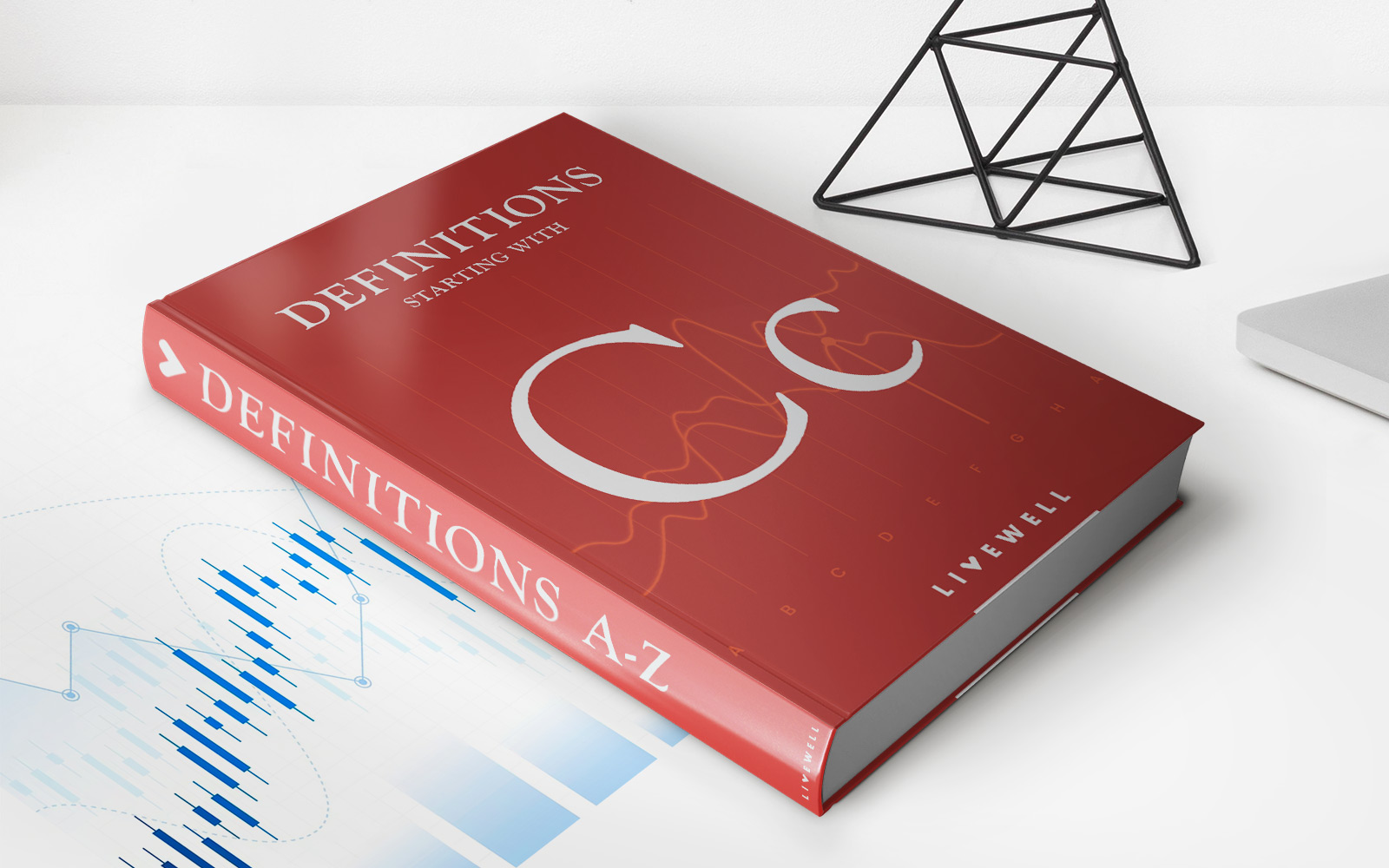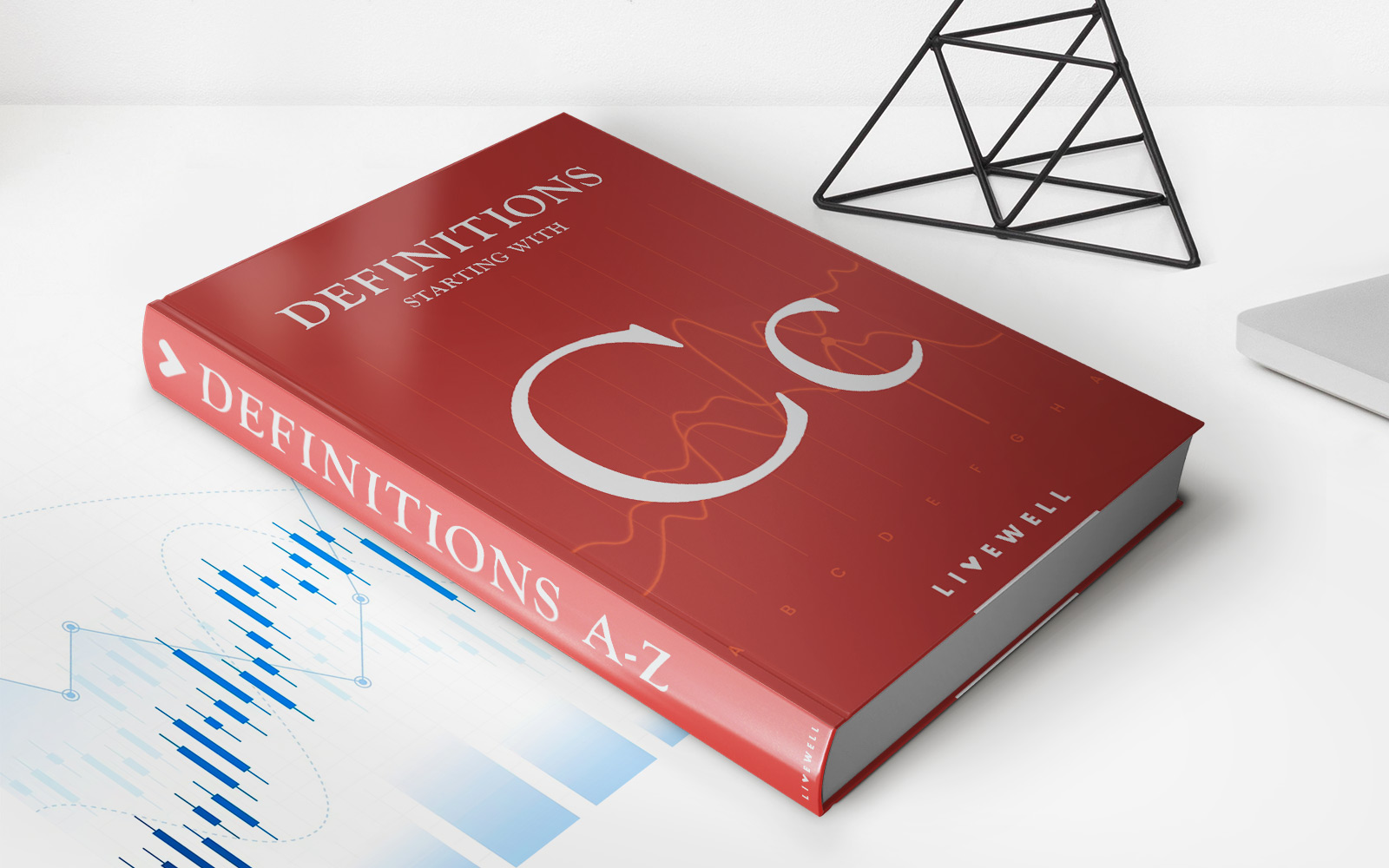Home>Finance>What Happens If Your Card Balance Is Lower Than The Statement Balance?


Finance
What Happens If Your Card Balance Is Lower Than The Statement Balance?
Published: March 2, 2024
Discover the implications of having a credit card balance lower than the statement balance and how it can impact your finances. Learn what steps you can take to manage your finances effectively.
(Many of the links in this article redirect to a specific reviewed product. Your purchase of these products through affiliate links helps to generate commission for LiveWell, at no extra cost. Learn more)
Table of Contents
**
Introduction
**
When it comes to credit cards, managing your finances effectively is crucial to avoid potential pitfalls. One key aspect of credit card management is understanding the relationship between your statement balance and your card balance. It's not uncommon for cardholders to encounter situations where their card balance is lower than the statement balance. In such cases, it's important to grasp the implications and explore the available options for addressing this discrepancy.
Understanding the dynamics between these two balances can empower cardholders to make informed decisions and take proactive measures to maintain financial stability. This article delves into the intricacies of statement balances and card balances, shedding light on the potential consequences of having a lower card balance than the statement balance. Additionally, it offers insights into the available options for managing this scenario effectively.
By gaining a comprehensive understanding of these concepts, individuals can navigate the realm of credit card management with confidence and ensure that their financial well-being remains intact. So, let's delve into the nuances of statement balances and card balances, and explore the potential outcomes and solutions associated with having a lower card balance than the statement balance.
Understanding Statement Balance and Card Balance
Before delving into the implications of having a lower card balance than the statement balance, it’s essential to grasp the fundamental disparities between these two types of balances.
Statement Balance: The statement balance represents the total amount you owe to the credit card company at the end of a billing cycle. It encompasses all the purchases, fees, and interest charges accrued during that specific period. This balance is crucial as it determines the minimum payment due and the amount that, if left unpaid, can incur interest charges.
Card Balance: On the other hand, the card balance refers to the actual amount of outstanding debt on your credit card at any given point in time. It reflects the cumulative effect of your spending, payments, and any applicable finance charges. Unlike the statement balance, which is a snapshot of your account at the end of the billing cycle, the card balance fluctuates based on your financial activities, including new purchases and payments.
It’s important to note that the card balance can differ from the statement balance due to various factors. For instance, if you make a payment after the billing cycle ends but before the statement is generated, the card balance will be lower than the statement balance. Conversely, if you continue using the card after the statement is issued, the card balance will surpass the statement balance.
Understanding these distinctions is pivotal for effectively managing your credit card obligations and optimizing your financial strategy. By being cognizant of the nuances between the statement balance and the card balance, you can make informed decisions regarding your payment schedule, utilization of credit, and overall debt management.
Now that we’ve elucidated the disparities between these balances, let’s explore the potential consequences of having a lower card balance than the statement balance.
Consequences of a Lower Card Balance
Having a lower card balance than the statement balance can lead to several implications that directly impact your financial standing and credit card management. It’s essential to be aware of these consequences to mitigate any adverse effects on your credit score and overall financial well-being.
1. Increased Utilization Ratio: When your card balance is lower than the statement balance, it can result in a higher credit utilization ratio. This ratio, which is the amount of credit you’re using compared to your total available credit, plays a significant role in determining your credit score. A higher utilization ratio can potentially lower your credit score, as it may indicate a higher level of risk to lenders.
2. Potential Interest Charges: If you fail to pay off the statement balance in full by the due date, you may incur interest charges on the remaining amount. This can lead to additional financial burdens and diminish the cost-saving benefits of maintaining a lower card balance.
3. Impact on Credit Score: Failing to address the statement balance adequately can have a detrimental effect on your credit score. Late or incomplete payments can tarnish your credit history and make it challenging to obtain favorable terms for future credit products.
4. Limited Available Credit: A higher statement balance, coupled with a lower card balance, can restrict the availability of credit for future purchases or emergencies. This limitation can impede your financial flexibility and necessitate careful planning to manage unexpected expenses.
5. Potential Credit Limit Reduction: Some credit card issuers may opt to reduce your credit limit if they perceive a higher risk associated with your account, especially if the statement balance consistently exceeds the card balance. This reduction can further constrict your financial capabilities and necessitate adjustments to your spending habits.
Understanding these potential consequences underscores the significance of actively managing your statement balance and card balance to maintain financial stability and safeguard your creditworthiness. In the subsequent section, we’ll explore the available options for addressing a lower card balance than the statement balance.
Options for Dealing with a Lower Card Balance
Addressing a situation where your card balance is lower than the statement balance necessitates proactive measures to mitigate the potential repercussions and maintain sound financial management. Fortunately, several options are available to effectively manage this scenario and uphold your financial well-being.
1. Timely Payments: Ensuring that you pay off the statement balance in full and on time is paramount. By doing so, you can avoid accruing interest charges and mitigate the adverse impact on your credit score. Making timely payments demonstrates financial responsibility and contributes to a positive credit history.
2. Strategic Credit Utilization: If your card balance consistently falls below the statement balance, consider strategically utilizing your credit to optimize your credit utilization ratio. This can involve making necessary purchases or consolidating expenses to align your card balance more closely with the statement balance, thereby optimizing your credit utilization ratio.
3. Communication with Credit Card Issuer: Engaging in open communication with your credit card issuer can yield beneficial outcomes. You may explore the possibility of adjusting your billing cycle or negotiating a more favorable payment schedule that aligns with your financial circumstances. Additionally, discussing your concerns with the issuer can provide insights into potential options for managing a lower card balance effectively.
4. Utilizing Available Credit: If your card balance consistently remains lower than the statement balance, consider judiciously utilizing the available credit to make essential purchases or address outstanding expenses. However, it’s imperative to exercise prudence and ensure that such utilization aligns with your overall financial strategy and repayment capabilities.
5. Monitoring and Adjustment: Regularly monitoring your statement balance and card balance enables you to proactively address any discrepancies and make necessary adjustments to your spending and payment patterns. By staying vigilant and responsive to these balances, you can maintain greater control over your financial obligations and minimize the likelihood of encountering a lower card balance than the statement balance.
By leveraging these options in tandem with prudent financial management practices, you can navigate the complexities of maintaining a balanced card balance and statement balance effectively. These strategies empower you to uphold your creditworthiness, optimize your credit utilization, and foster a proactive approach to managing your credit card obligations.
Now that we’ve explored the available options for addressing a lower card balance than the statement balance, let’s summarize the key insights and conclude our discussion.
Conclusion
Effectively managing the dynamics between your statement balance and card balance is a fundamental aspect of prudent credit card management. The interplay between these balances can significantly influence your credit score, financial flexibility, and overall creditworthiness. By comprehending the implications of having a lower card balance than the statement balance and exploring the available options for addressing this scenario, you can navigate the intricacies of credit card management with confidence and foresight.
Understanding the potential consequences, such as increased credit utilization ratio, potential interest charges, and the impact on your credit score, underscores the importance of actively managing your statement balance and card balance. Proactive measures, including making timely payments, strategically utilizing available credit, and engaging in open communication with your credit card issuer, can mitigate the adverse effects of a lower card balance and contribute to a robust financial strategy.
It’s crucial to emphasize the significance of regular monitoring and adjustment, as this enables you to stay attuned to any discrepancies between your statement balance and card balance and take corrective actions promptly. By integrating these practices into your financial routine, you can uphold your creditworthiness, optimize your credit utilization, and bolster your financial resilience.
Ultimately, maintaining a harmonious balance between your statement balance and card balance empowers you to navigate the realm of credit card management with prudence and efficacy. By leveraging the insights and options presented in this article, you can proactively address a lower card balance than the statement balance and fortify your financial well-being.
As you continue to engage with your credit card obligations, remember that staying informed, proactive, and adaptable forms the cornerstone of sound financial management. By applying these principles, you can navigate the complexities of credit card balances with confidence and secure a solid foundation for your financial future.














